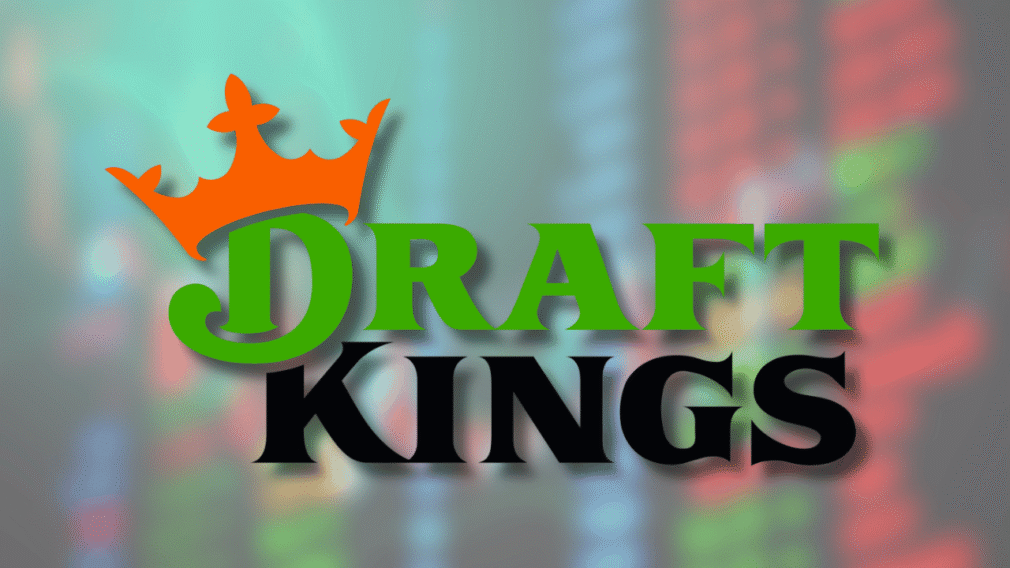DraftKings Valuation Takes Hit as Q3 Headwinds and Prediction Market Threats Converge
DraftKings has seen multiple major investment firms reduce their short-term price targets. However analysts maintain a predominantly bullish consensus on DraftKings’ long-term growth trajectory.

Short-Term Pressure from Q3 Operational Headwinds
The primary catalyst for the recent price target corrections stems from unfavorable financial metrics in the third quarter of 2025. These operational challenges, often referred to as “headwinds,” directly impacted the operator’s margins.
For instance, Jefferies lowered its price target for DKNG from to but maintained a “Buy” rating. The firm attributed the change largely to two factors: an unusually low hold rate in September, meaning operators had a lower percentage of wins against customer bets, and elevated promotional spending designed to attract new players at the start of the NFL season.
Jefferies estimated these effects created a negative impact of approximately $150 million on the company’s adjusted EBITDA for the quarter.
Similarly, Guggenheim revised its price target from to . The firm cited negative NFL game results and increased promotional allowances, leading it to project third-quarter revenue of billion and negative EBITDA of million.
Craig-Hallum further noted that customer-friendly sports betting outcomes negatively impacted net win margins. The consensus among these firms is that the pressure on earnings from continually funding rapid market growth remains DraftKings’ most pressing short-term challenge.
The Great Prediction Market Debate
While operational metrics drove the immediate price target cuts, a parallel and more fundamental debate over competitive pressure is intensifying. The emergence of federally regulated prediction markets, which offer wagering on sports outcomes, has created a visible division in how analysts view the future competitive landscape.
The Argument for Minimal Threat
Many analysts discount the competitive risk posed by prediction markets. Firms like Citizens and TD Cowen maintain that betting exchanges “do not constitute a competitive threat to the profitability” of established sportsbooks in regulated states. They cite two key reasons: pricing and product sophistication.
A study conducted by Citizens comparing NFL odds on traditional sportsbooks (including DraftKings and FanDuel) versus Kalshi found that Kalshi’s pricing was consistently worse for the player after accounting for transaction fees.
This pricing delta favoring traditional sportsbooks was observed to be increasing week-over-week. David Katz of Jefferies echoed this sentiment, arguing that the “economics of prediction markets are nowhere near comparable” to traditional OSB, nor is the underlying technology or product offering.
These analysts suggest the stock market’s reaction to the threat has been overblown.
Warnings of Market Disruption
In contrast, several market voices view prediction markets as a real, rapidly growing threat that justifies the market’s caution. Investment firm Spruce Point Capital Management issued a skeptical report suggesting a potential downside risk for DraftKings stock of 35% to 60% due to competitive erosion. Short-seller Bear Cave also highlighted the growing encroachment of these exchanges.
This segment of the market points to product evolution as a major risk. While prediction markets were once “vanilla,” the introduction of new products, such as Kalshi’s same-game parlays for NFL games, directly targets the most valuable product offered by traditional sportsbooks.
Furthermore, the entrance of new players like Robinhood, which is actively pursuing international prediction market expansion, complicates the landscape, putting pressure on giants like DraftKings and Flutter Entertainment (FanDuel’s parent company).
Although the stock market reacted by wiping billions from the valuations of these incumbents, the ultimate impact will depend on whether prediction markets can resolve their current pricing disadvantages and achieve mass consumer adoption.
Long-Term Outlook Remains Bullish
Despite the Q3 headwinds and the prediction market debate, the long-term consensus for DraftKings remains positive.
The general view is that the sheer size and growth potential of the U.S. online casino market: projected to grow from billion this year to over $75 billion at maturity, will sustain DraftKings’ market leadership.
Recommended
